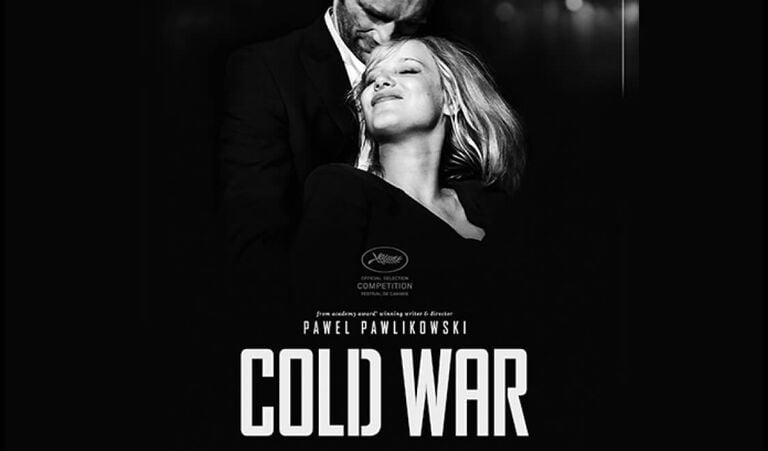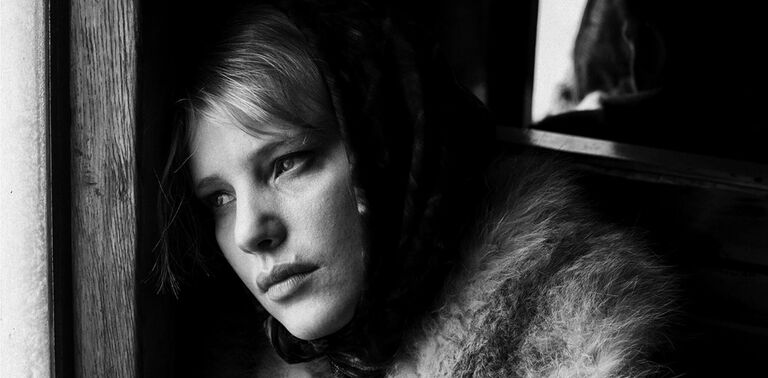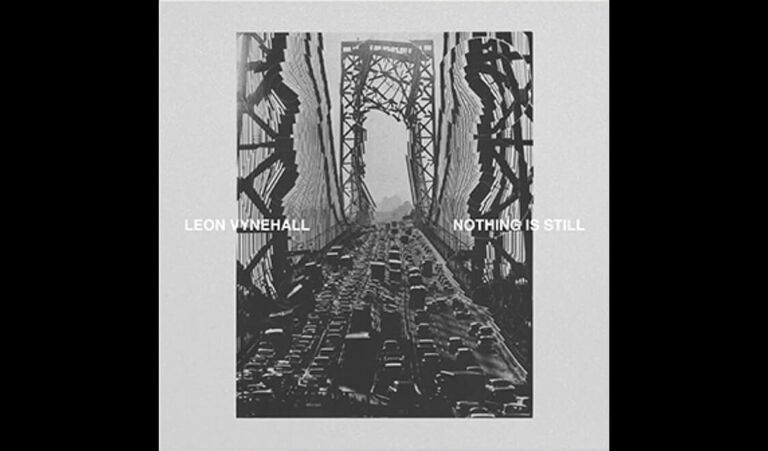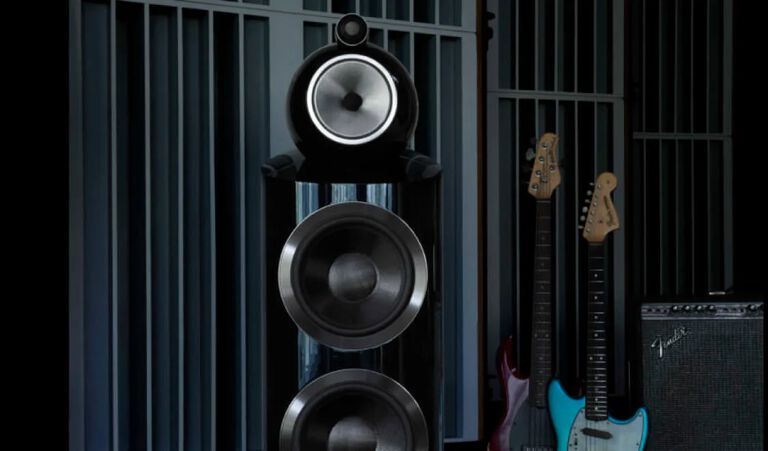Soundtrack review: Cold War (2018)
An impassioned romantic plot unearths the true reality of music in Cold War Europe in one of the most original films of 2018.

Poland, winter 1949. On the snow-filled streets of a rural village echoes the visceral acoustic sound of a folk trio: a wailing fiddle joins the stark drone of a Polish bagpipe, as a folklore vocal melody croons a tale of forbidden love.
People stop and stare, but the band seem unfazed: their worn faces tell years’ worth of pain, but like in so many rural communes throughout the centuries, the spirit of music is what brings people together - be it in peace or strife.
Directed by Paweł Pawlikowski, Cold War paints a vivid picture of life either side of the iron curtain over a rollercoaster ten-year period. Its heavily music-centric plot is at the core of a forbidden romance of couple Wiktor (Tomasz Kot) and Zula (Zuzanna Lichon), and highlights the imbalances of a broken Europe in the 1950s.
As a communist music programme sweeps through Eastern Europe, a group of young Polish rural musicians are forced to audition for a traditional mazurka ensemble, with the resulting cast embarking on a tour of socialist Europe, showcasing their micro-cultures to bigger cities. At the audition, Wiktor, a talented composer and arranger, meets Zula, one of the candidates, and through the lens of a perfectly formed diegetic soundtrack set across Poland, Berlin, Yugoslavia and Paris, this unauthorised relationship blossoms.

It’s a soundtrack of two halves, with the first exploring the folk tunes of Poland thanks to composer Marcin Masecki’s powerful and energetic arrangements. The audience is treated to a plethora of traditional rural folk songs played by authentic local instruments, such as the pedal accordion, and native singing styles.
These light-hearted arrangements are beautifully contrasted by moments of sheer choral and orchestral power, which at times shows the dangerously perfectionist attitude of the state-run music programme. As the popularity of the ensemble grows, political themes are forcibly entwined into their arrangements, further emphasising the relationship between music and politics during this period of history.
Such was the intense grip of the socialist regime back then, increasing amounts of music such as experimental jazz, Western pop and rock were all considered unworthy of public consumption, which is where the second half of the film takes our two characters.
Paris, 1954, and the two lovers and their audience are thrown into the bohemian art circles with an accompanying jazz-filled soundtrack. The switch in genre is sobering, and almost a defiance of the strict communist laws that were imposed over 50 years ago. Tunes from George Gershwin, Charlie Parker, Bill Haley and his Comets, and even the Tom and Jerry cartoons make an appearance in late-night clubs to reinforce the startling contrast between Western and Eastern European contemporary culture in the 1950s.
Again, this is brilliantly juxtaposed with a performance of Baio Bongo back in Poland later on in the film. With its South American rhythmic influences, this track was one of many that the socialist state regime used to divert their population’s ears away from Western music.
Just like the dialogue, each individual sonic episode uncovers different nuances between the lovers, while at the same time digs deep into history and meets its occasional ugly face, which is why Cold War offers something completely original for its genre classification. Its combination of black and white cinematography and naturalistic score paints a dreary picture of a time gone by, but also offers hope and escape through music, which at times, we all need to rely on at some point.


